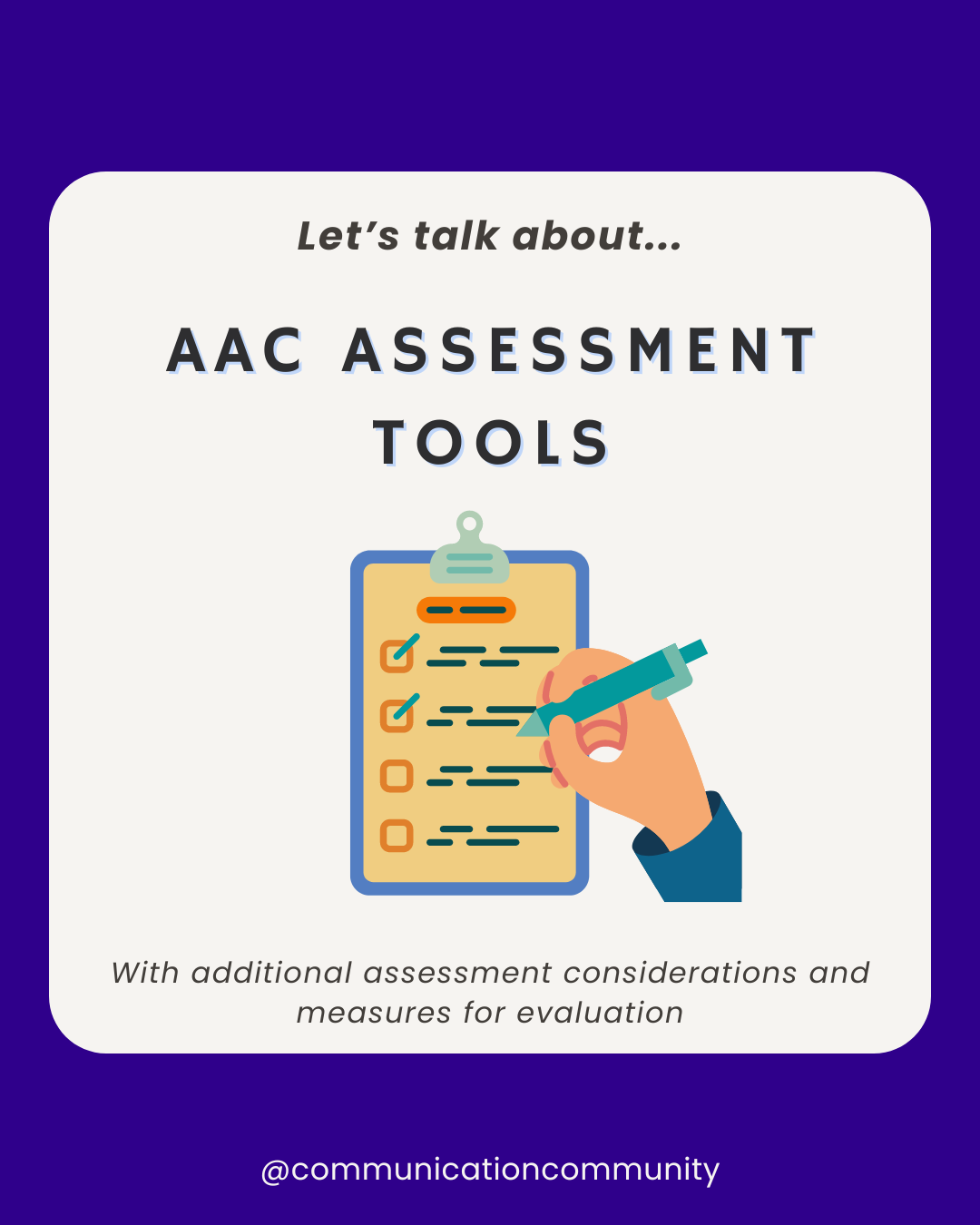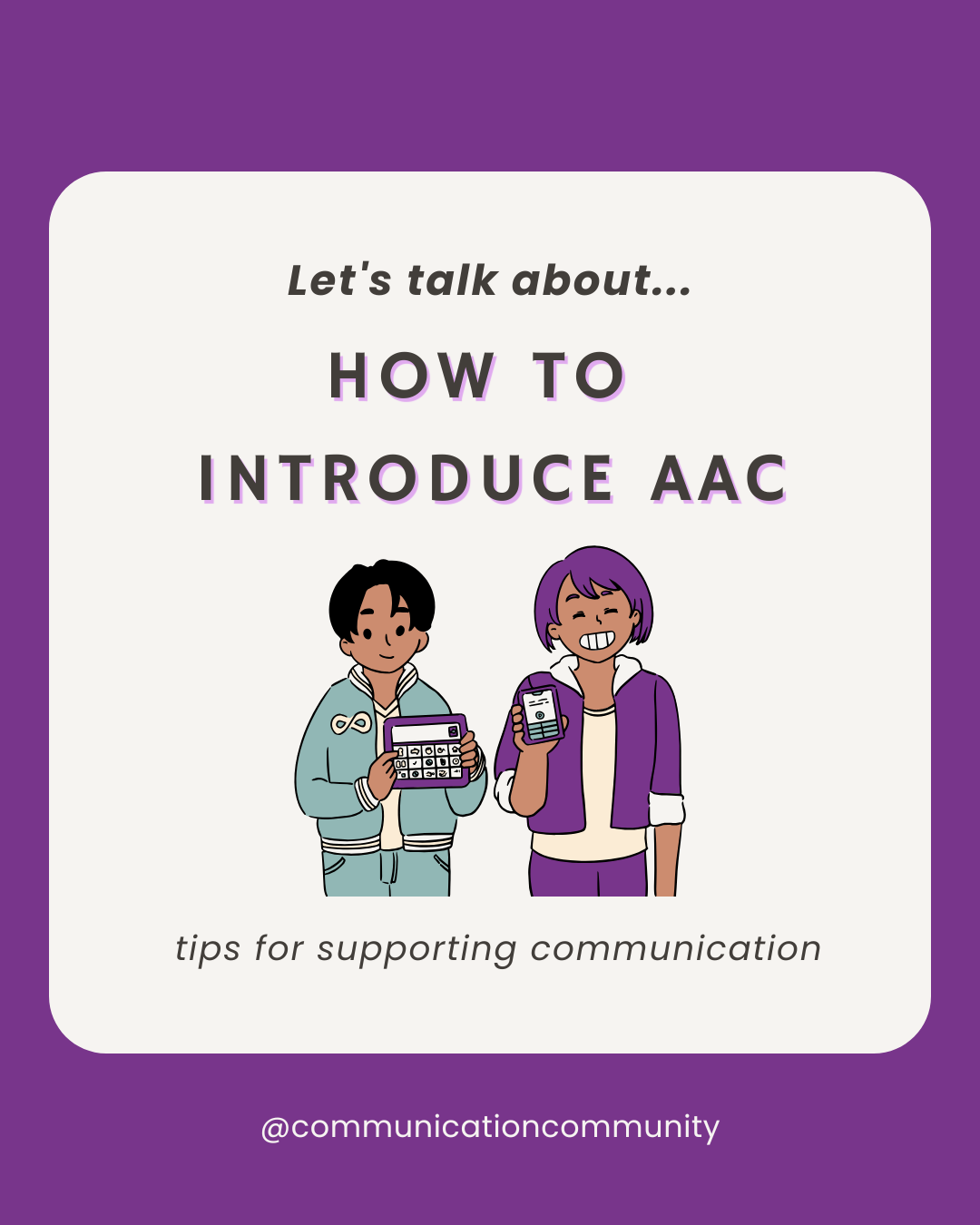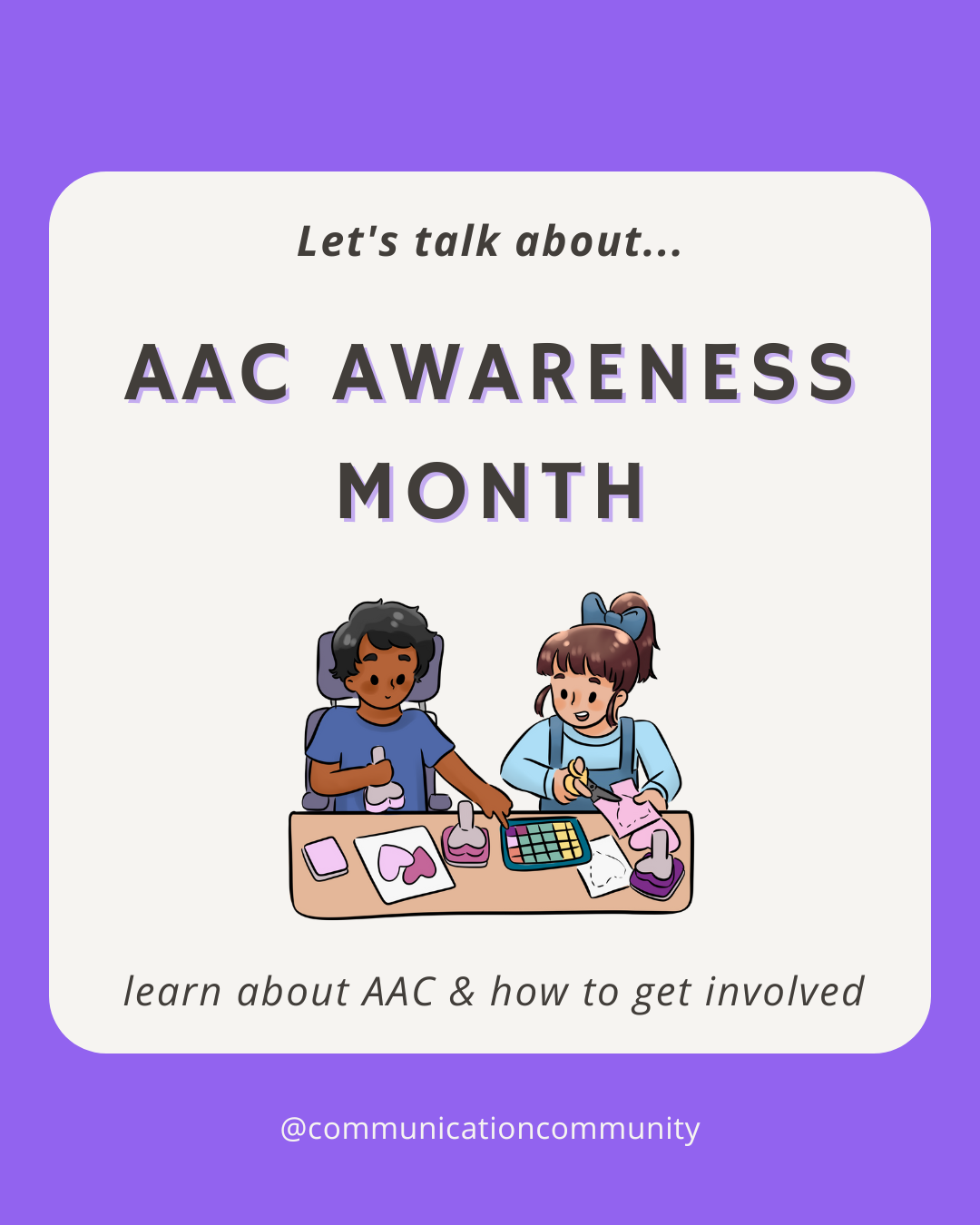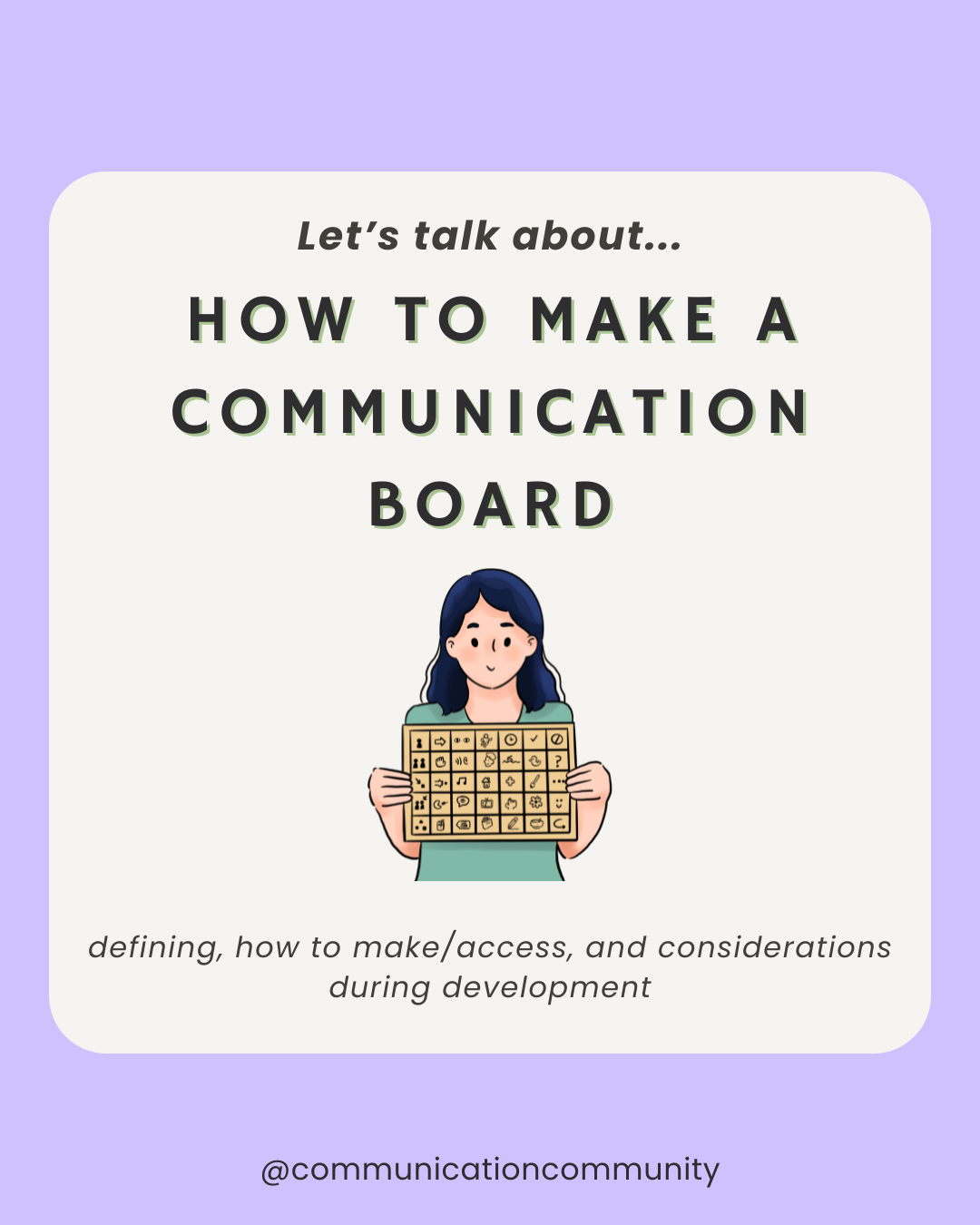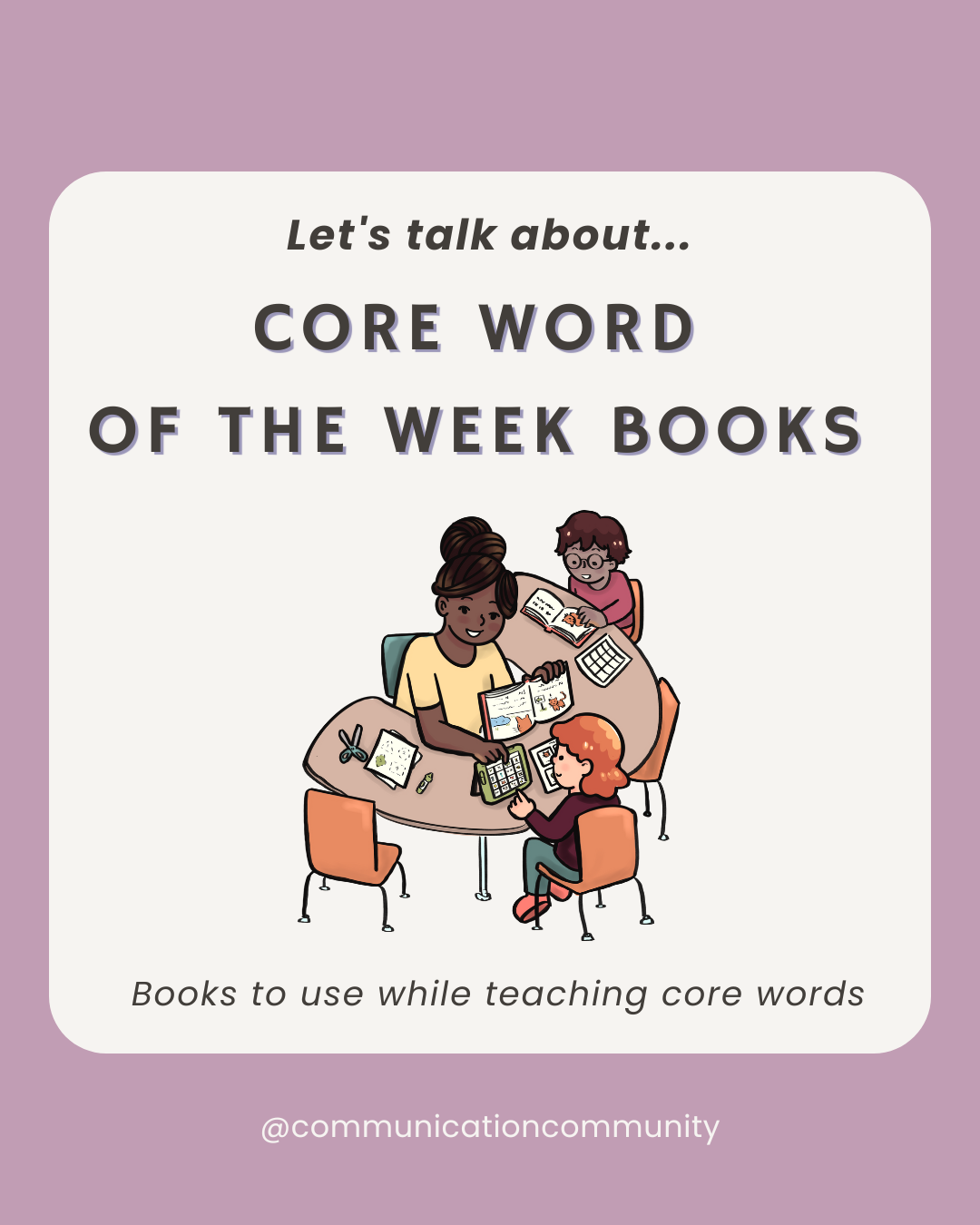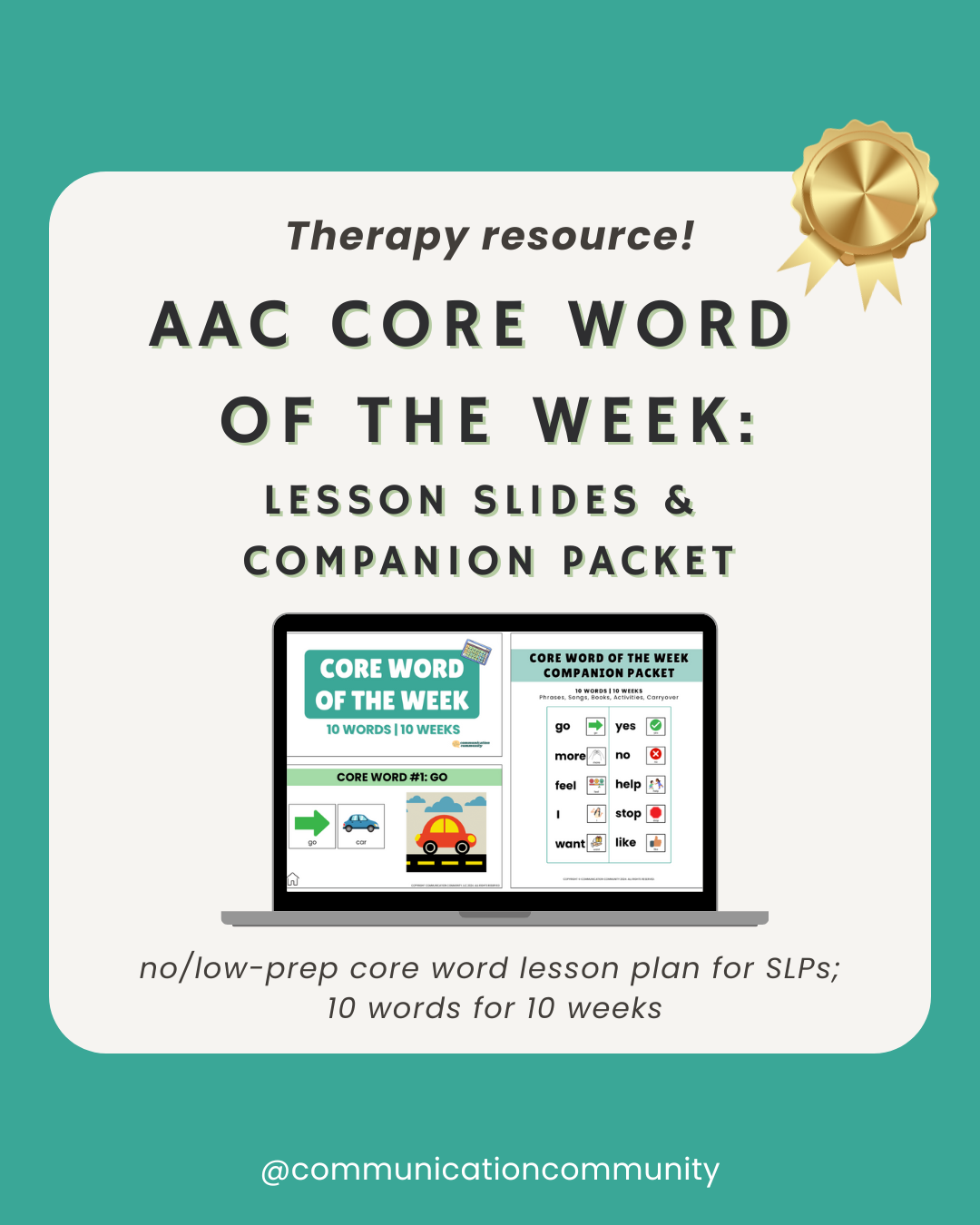Augmentative and alternative communication (AAC) assessment tools were once pretty tricky to find. I know that from the many Google searches since my first clinical internship where I was introduced to the ins and outs of various AAC systems. As an SLP who has worked with a plethora of AAC users over time, I’ve observed a recent increase in testing and evaluative measures that have become available. Many of the schools, clinics, and other related treatment areas I have worked in have even created some of their own tools based on interviews, observations, and other formal/informal assessments. Currently, there are many different AAC assessment tools available to guide the evaluation process and selection for the best AAC system and equipment for users. We will discuss them below!
AAC Assessment Tools
Many of you may have selected this link and hoped to find norm-referenced, standardized AAC assessments. Based on the complex communication needs (CCN) of many AAC users and the uniqueness of their skills, a “one-size-fits-all” standardized diagnostic tool is simply not available. The population of individuals who use and/or who are considered candidates for AAC is widely diverse (e.g., individuals with autism spectrum disorders, cerebral palsy, apraxia, etc.) Therefore, to find an individualized language system, dynamic assessment should be used to achieve an interactive and comprehensive evaluation of skills and support an AAC system that will fit the needs of each individual user*.
*This is best practice for pediatric/school-aged assessments.
What is Dynamic Assessment?
ASHA defines dynamic assessment as a method of conducting a language assessment which seeks to identify the skills that an individual child possesses as well as their learning potential. A dynamic assessment should include active client and clinician/assessor participation, modification of assessments as needed, and should be fluid and responsive. It is a highly interactive process that should adapt to the preferences and communicative needs of the client.
Additional Assessment Considerations/Measures:
- Determine the client’s level of cognition, language, motor, and sensory skills
- Perform clinical observations across individuals, contexts, and settings relevant to the client
- Gather interviews from the client, parents/caregivers, instructors, therapists, and/or related-service professionals (e.g., PT, OT), etc.
- Conduct activity and communication needs inventory
- Prepare to adapt and modify the course of assessment as needed!
AAC Assessment Tools and Documents
Below you will find some of the many assessment tools that can be used during your AAC dynamic assessment:
AAC Genie
This is an affordable ($12.99) app that can be used to assess various skills related to AAC, such as vocabulary knowledge, expressive symbol use, and word recognition. The Vision Skills subtest can also be used to help determine grid size.
Communication Matrix
This is a comprehensive tool used to record and document an individual’s communication skills over time. Information is gathered from observations and experiences/interactions with the individual using AAC to track progress. The Communication Matrix is free!
Dynamic AAC Goals Grid - 2 (DAAG-2)
Brought to you by Tobii Dynavox, it is another free resource that highlights a variety of linguistic components, which can be used when determining different AAC skill areas (think: operational and strategic competencies) to develop goals for. It can be used to track progress over time.
Functional Communication Profile - Revised
This profile contains a variety of subtests that an assessor/clinician can complete to reflect a variety of language domains, including non-oral forms of communication and AAC. It provides a comprehensive inventory of an individual’s communication abilities and degree of independence.
MOSAIC
MOSAIC stands for A Model of Observational Screening for the Analysis of Interaction and Communication. It is an active, downloadable form that is divided into 5 parts: the Conversation Form, Partner Interaction Form, Capability Form, Environment Observation Form, and Behavior Observation Form. MOSAIC Online is currently free.
PrAACtical AAC Resources & Toolbox
This is not one particular tool, but a list of resources (with links) from one of our favorite AAC-focused blogs!
AAC Goal Writing Resource
Once you have completed your assessments, usually the next step is to develop goals to target AAC skill areas of need. If you are looking for a step-by-step process for creating thorough and measurable AAC treatment goals (with goal bank), check them out here! We also offer a comprehensive AAC Master Goal Bank, which is appropriate for children and adults.

Citations/further resources
https://www2.asha.org/practice/multicultural/issues/dynamic-assessment/
https://www.prentrom.com/articles/standardized-assessment-in-aac-evaluations?mode=view&jump=1

